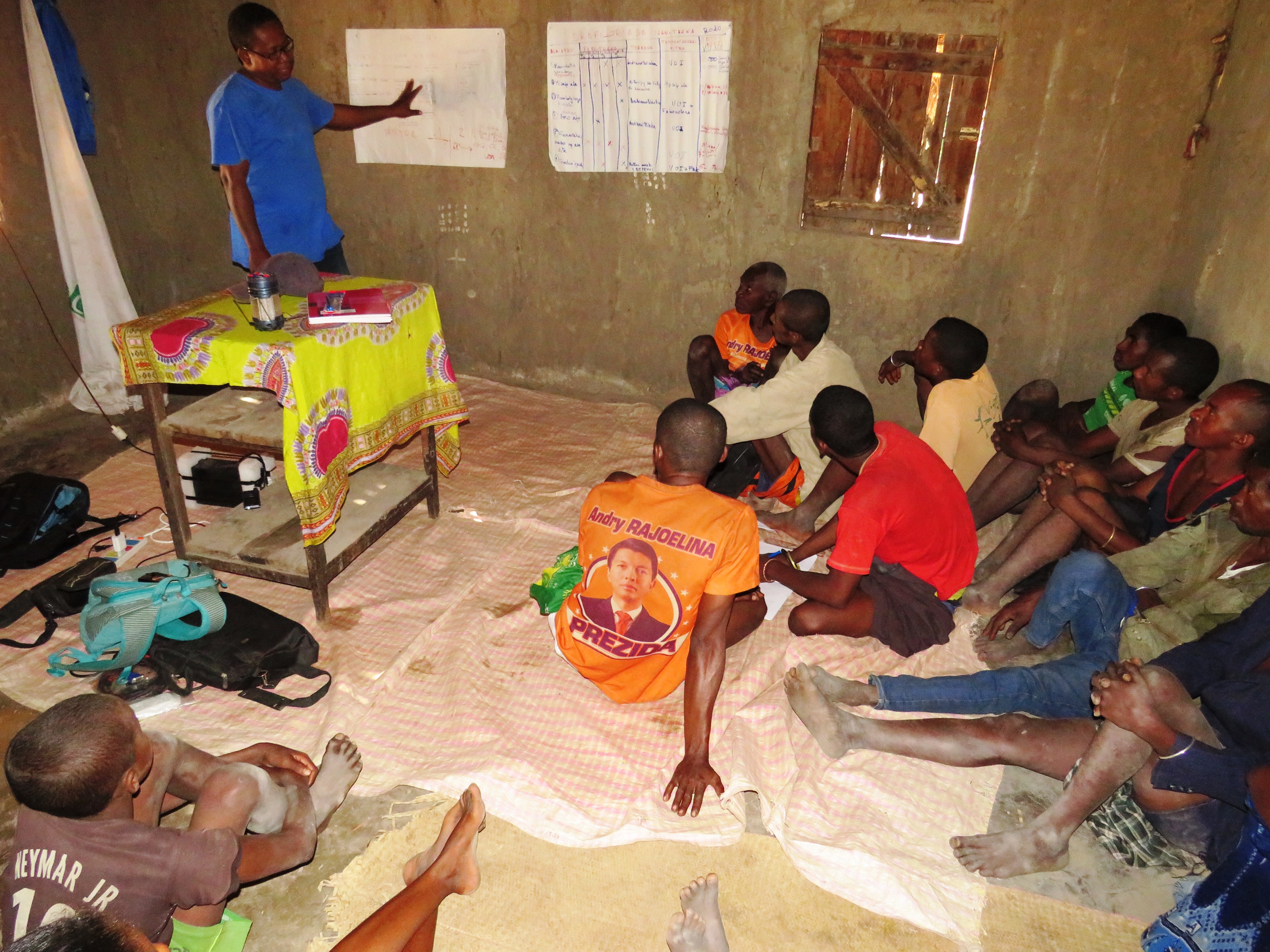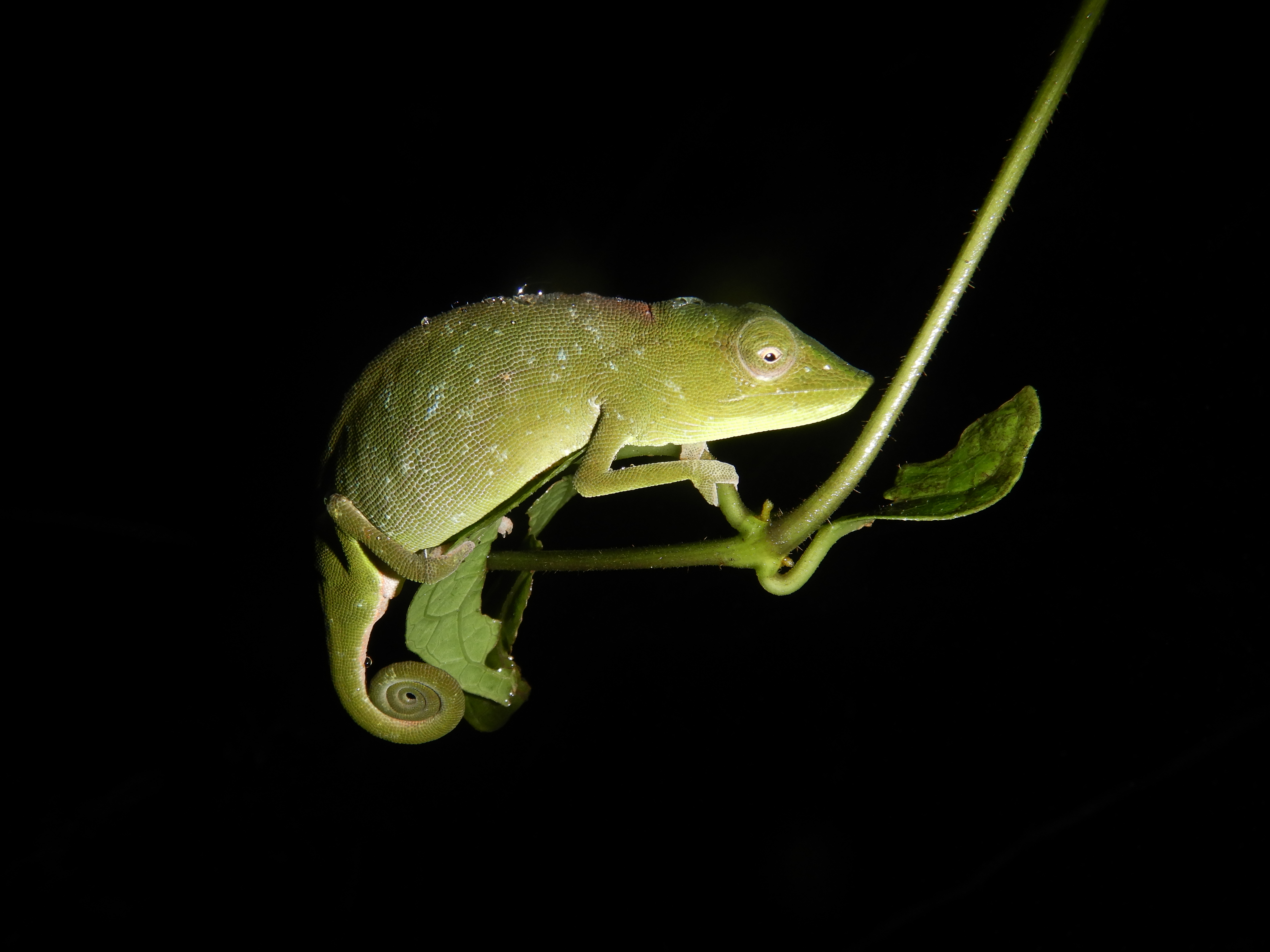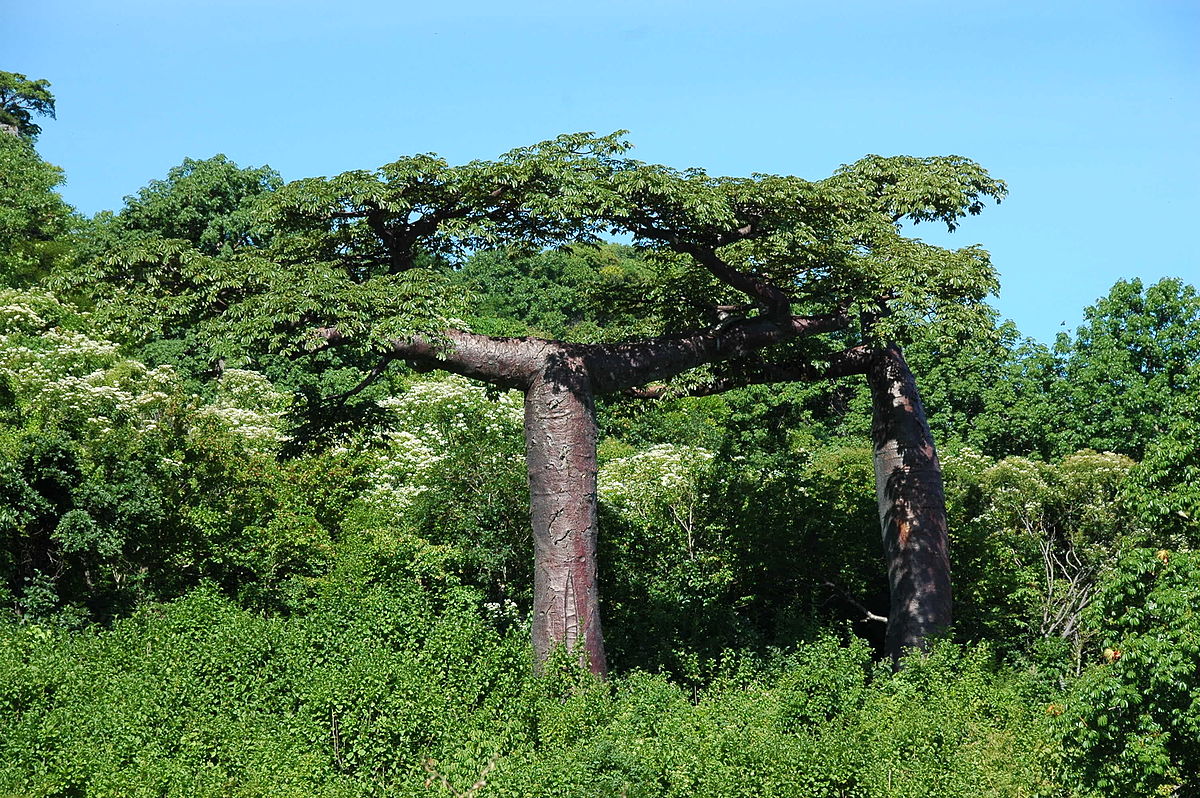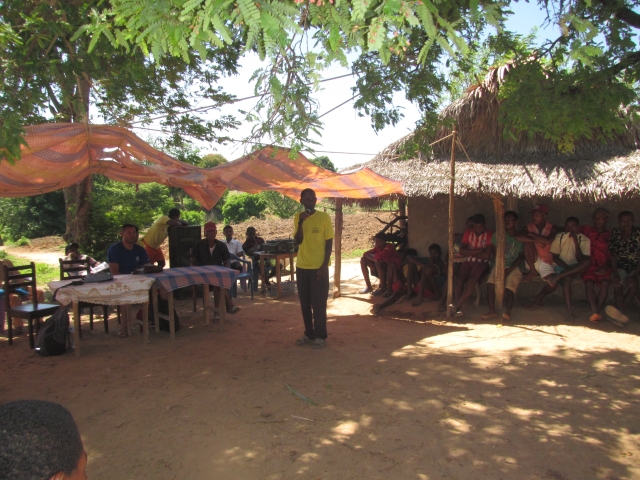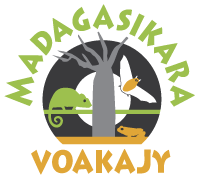Securing healthy baobab population in Menabe Region, western Madagascar
For implementation of this project, Madagasikara Voakajy worked closely with three communities; VOI Mintsinjo Ny Ho Avy (Fokontany Bepeha), VOI Mandray Fombandraza (Fokontany Andoviana), District of Mahabo and VOI Fiarovantsika (Fokontany Betainkilotse), District of Morondava.
